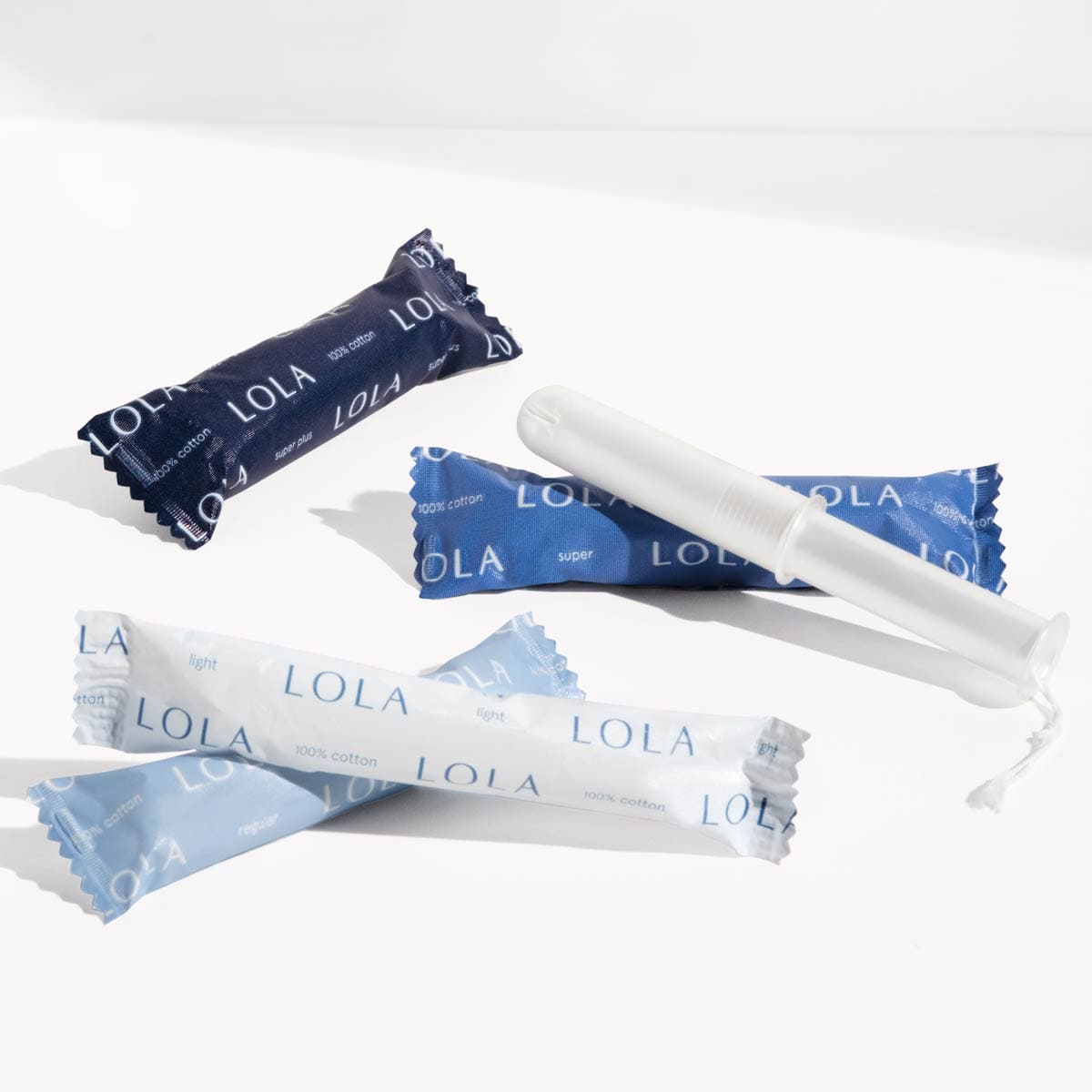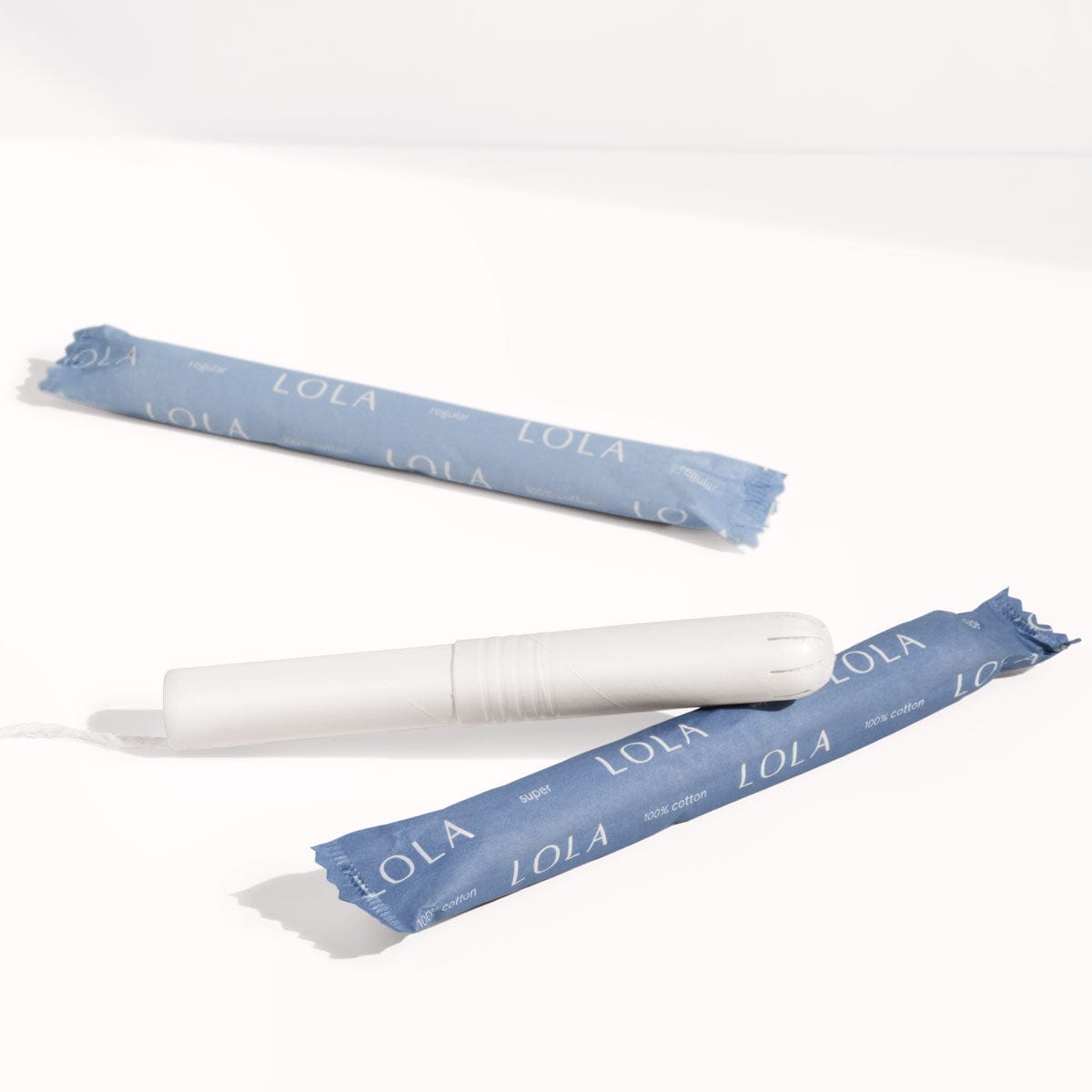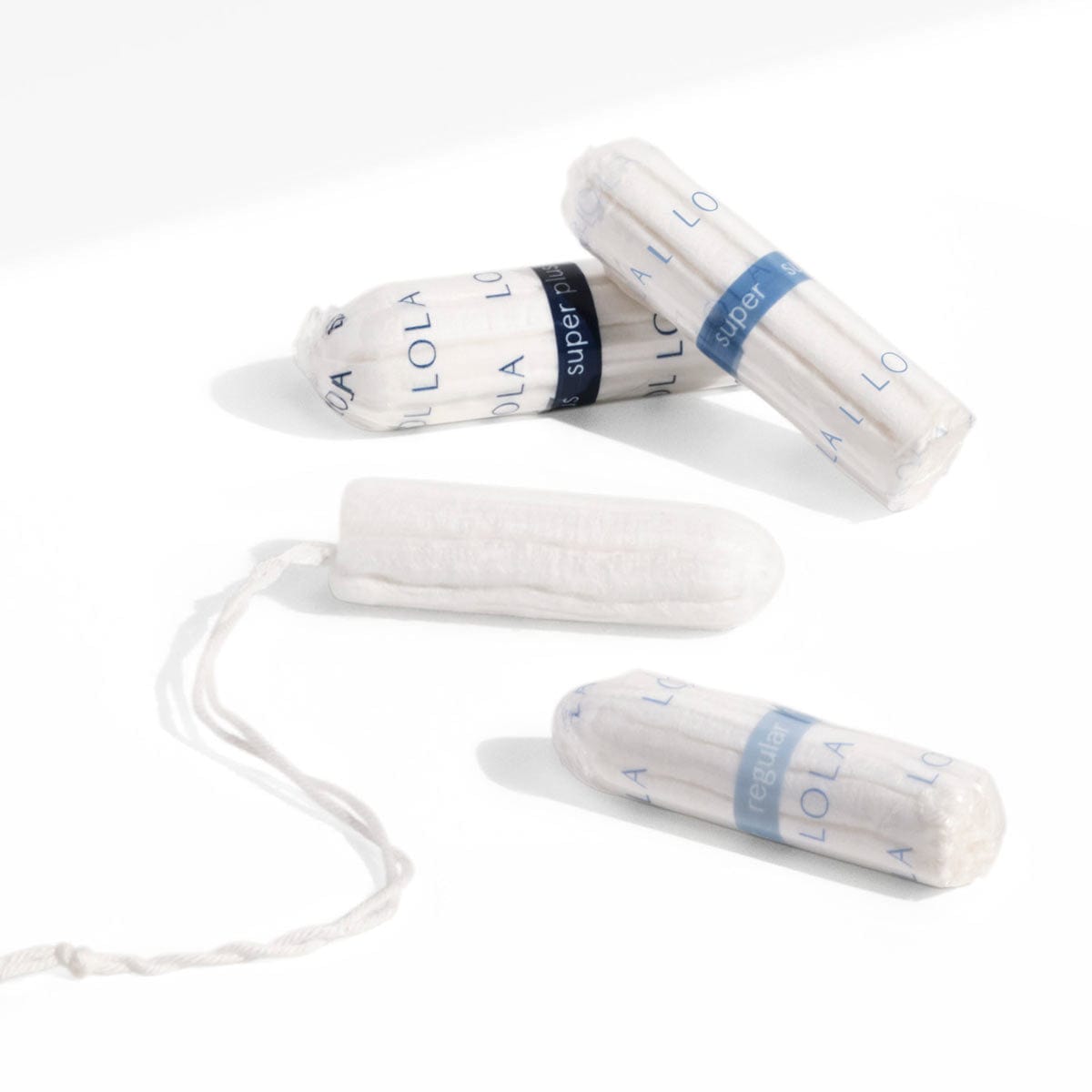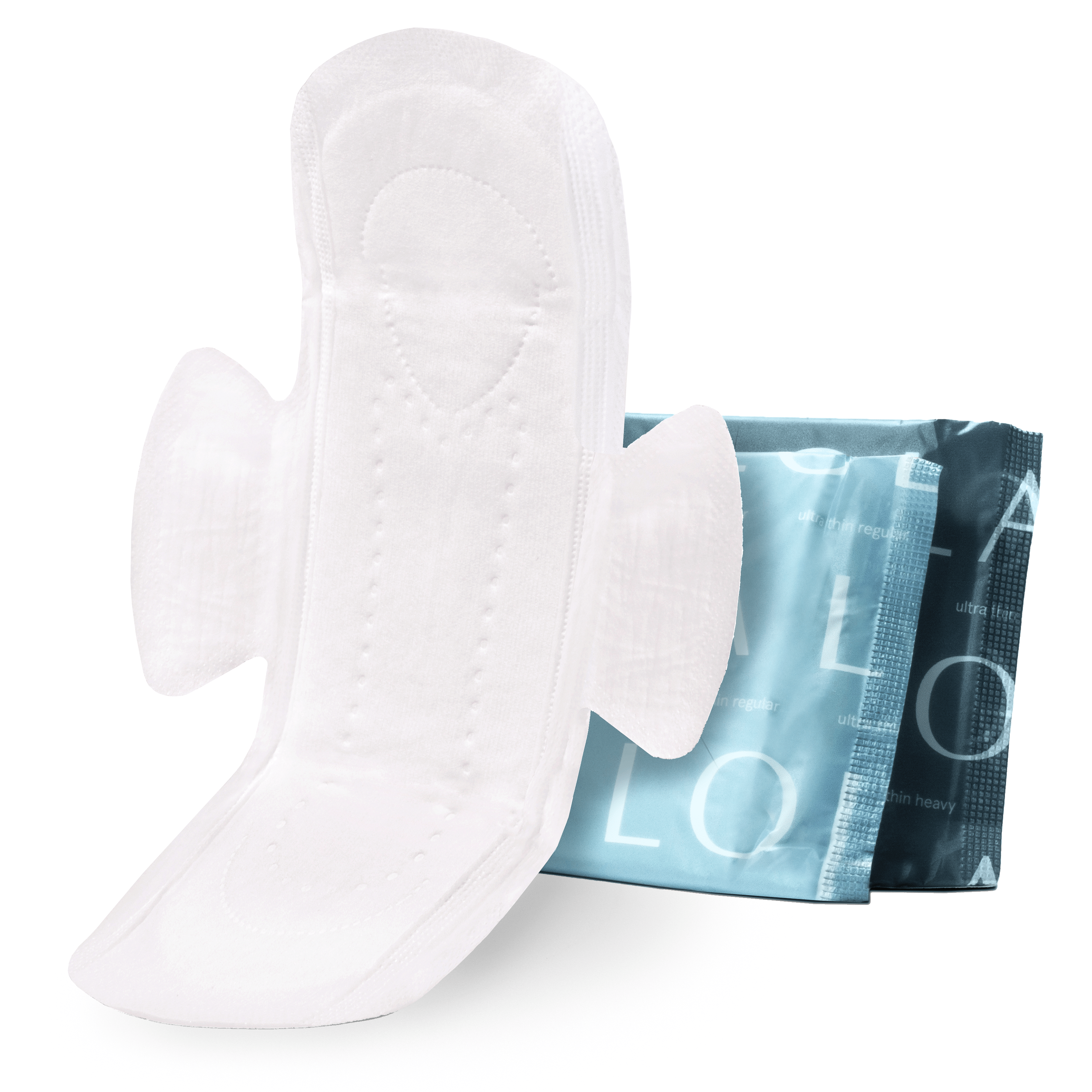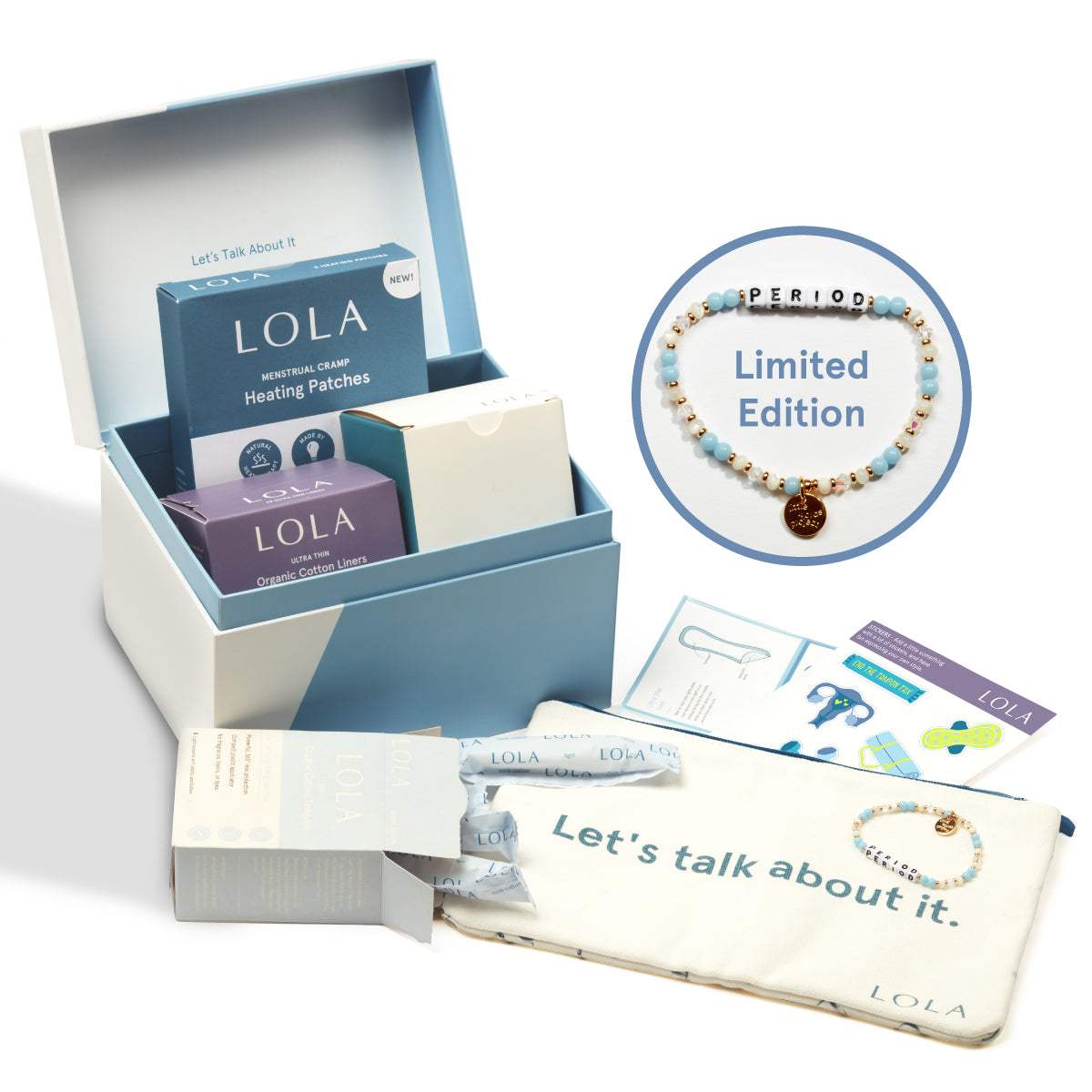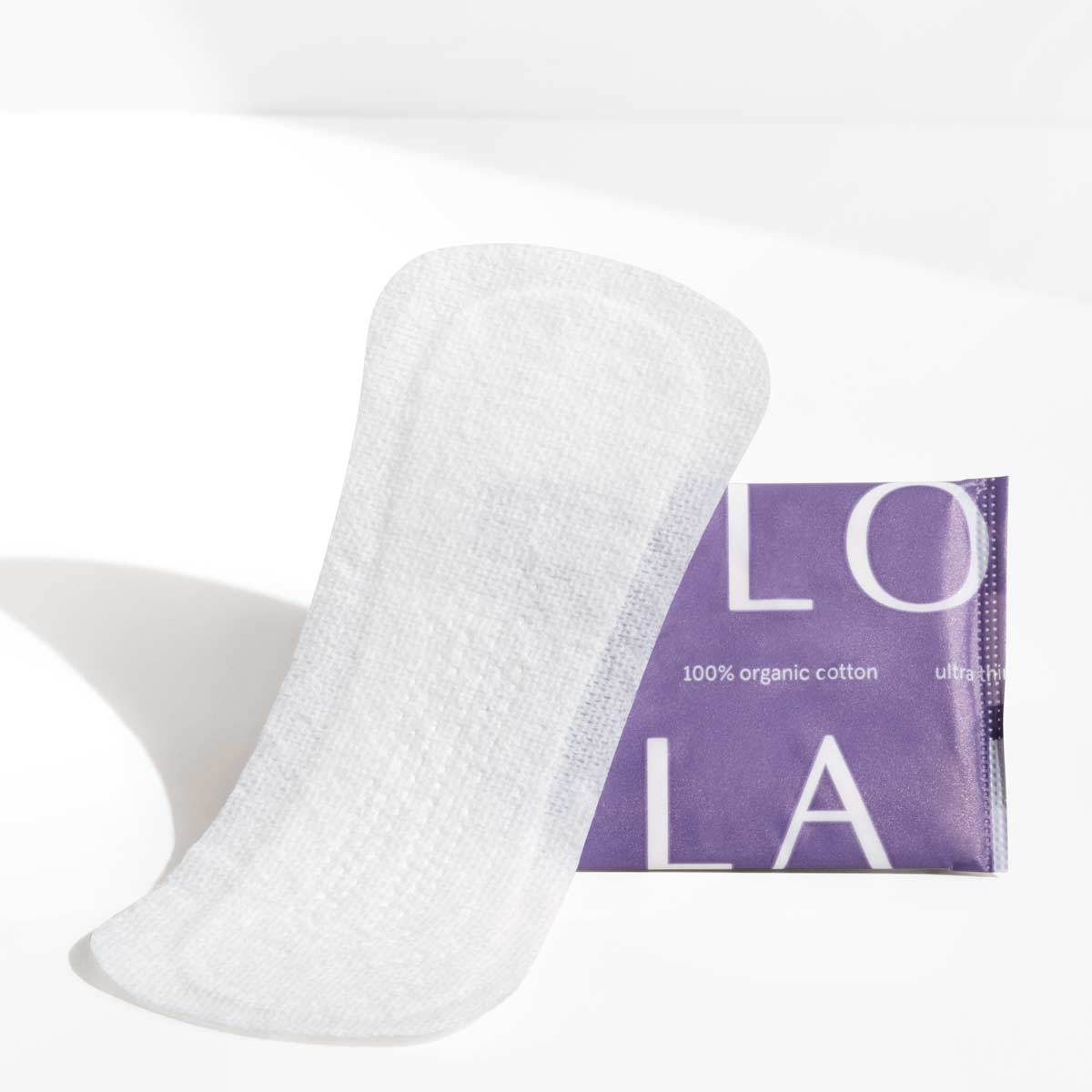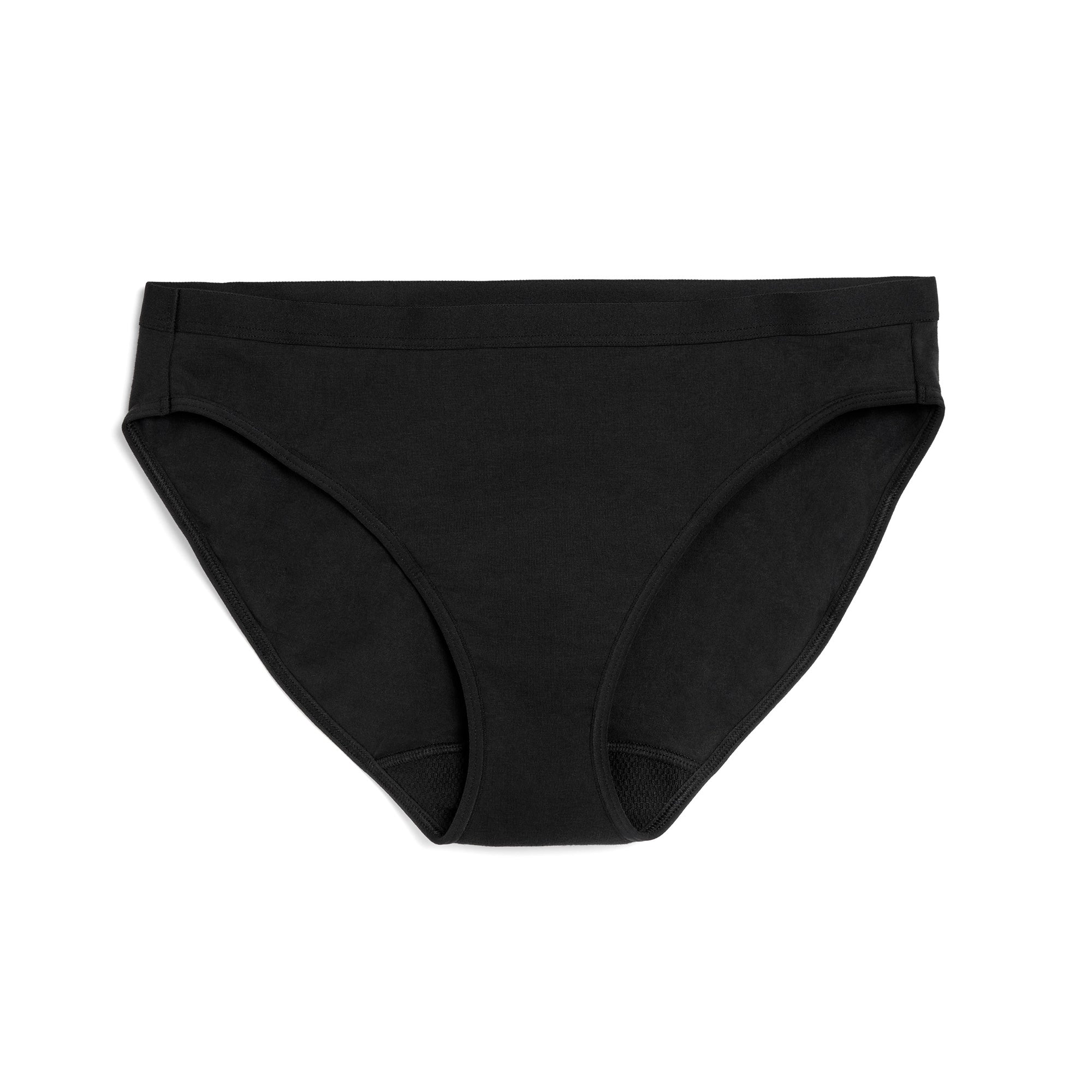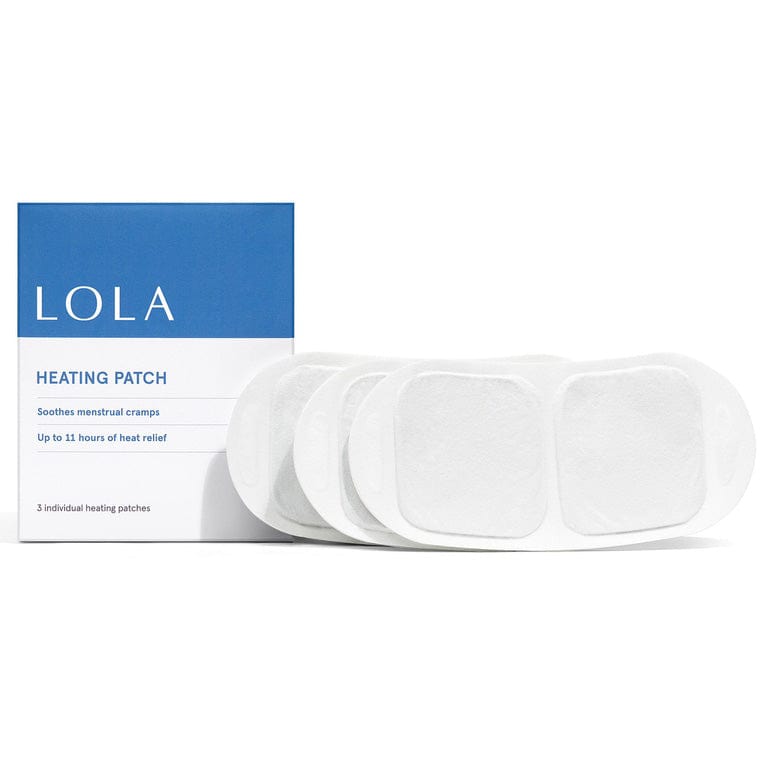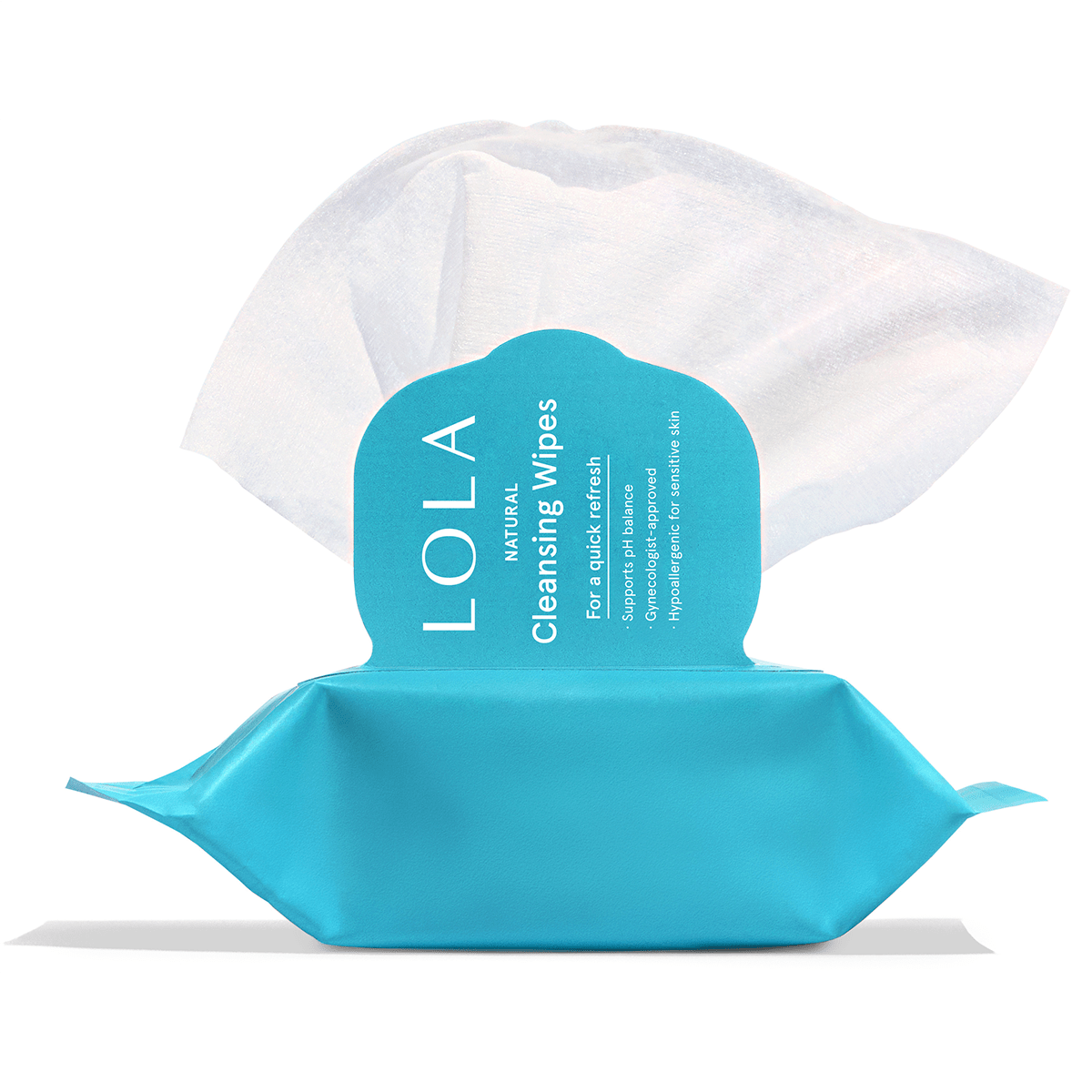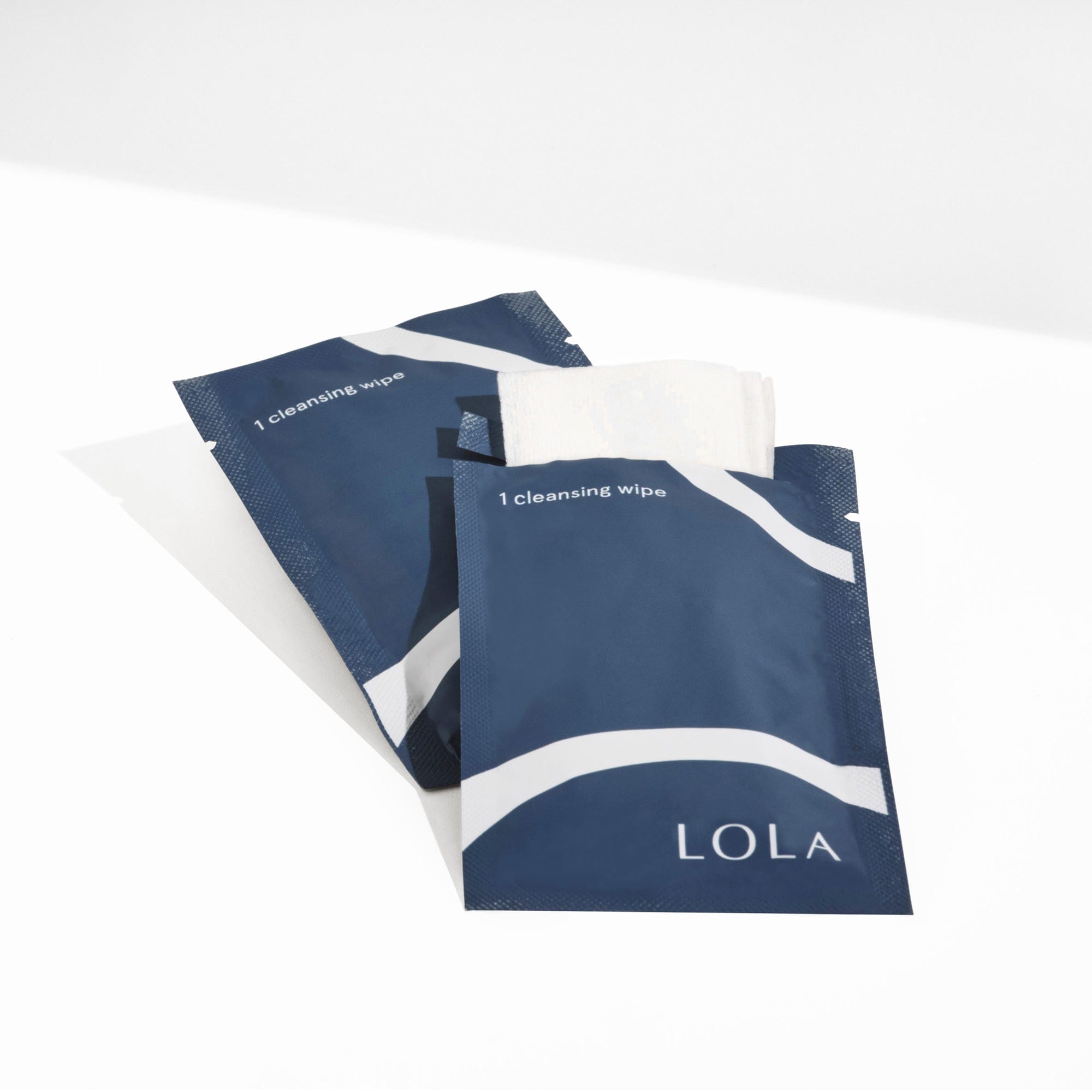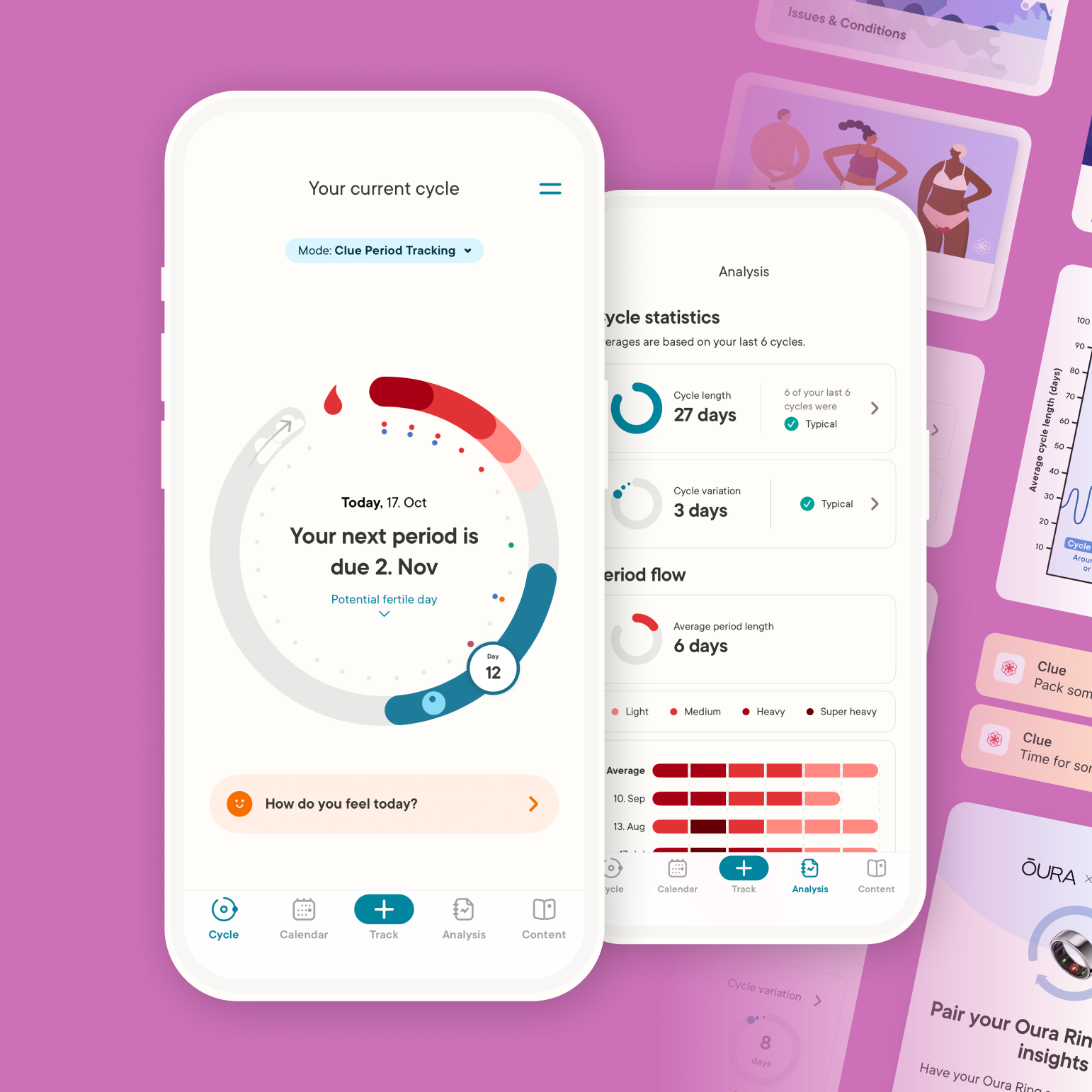When we look back on our brave female ancestors, it quickly becomes clear that many of these women did not get enough credit for what they endured.
Take, for example, period cramps. Centuries before every drugstore carried ibuprofen and hot water bottles, women in ancient Egypt, Greece, and even America were doing everything they could to survive painful periods.
So how did women throughout history handle the feeling of being punched from inside their uteruses? Any way that they could. Check out some of their creative solutions.
Vaginal steams
Before there was Gwyneth Paltrow, there were, according to historians, ancient peoples in Aztec, Mayan, and Korean civilizations who frequently took part in vaginal steams. The ritual consisted of opening their legs over a steaming pot of water and was thought to have many different health benefits, including easing menstrual pain.
Cannabis
In Ancient Egypt, women reportedly dealt with menstrual pain by grinding up cannabis and inserting it into the vagina. The possibilities for cannabis were not lost on Sir J. Russell Reynolds, Queen Elizabeth's personal doctor. In 1890, he prescribed the Queen cannabis to help with her menstrual cramps. He wrote at the time: "When pure and administered carefully, [cannabis] is one of the most valuable medicines we possess."
Opium
For centuries, opium was the best painkiller available, and it's been used by different civilizations around the world, from the ancient Greeks to the Benedictine monks. Opium's use in reproductive health has also been well documented: in a paper from 1753, British physician George Young recommended the liberal use of opium to treat a variety of ailments, including menstrual cramps.
Ovary removal
Doctors in the Victorian era actually went so far as to suggest that women remove their ovaries to help with menstrual cramps. Doctors thought that removing the ovaries could help with the nausea, vomiting, and fainting that women often experienced during their periods.
Lemon balm
Throughout the Middle Ages, women frequently turned to herbs like lemon balm, which was seen as a powerful cure for pain. It was thought to have a sedative effect on the nervous system. Women were also given canip and caraway seeds to help with pain.
Motherwort
Early Greeks reportedly gave pregnant women a plant called motherwort to help with anxiety. By the 17th century, women frequently took medicine made from the plant to speed up the birthing process and ease period cramps. It is still used today to help with symptoms of menopause.
Black cohosh
Indigenous peoples of North America knew for centuries that black cohosh relieved pain and could be used as a mild sedative. The plant was eventually adopted into Western medicine. In 1876, Lydia Pinkham's Vegetable Compound made of alcohol, liquorice, chamomile, pleurisy root, and black cohosh hit the apothecary shelves, and it's been a popular treatment for menstrual cramps ever since.
Today, women use a number of remedies to combat cramps including the obvious painkillers, exercise, hot water bottles, as well as newer solutions like LOLA's new essential oil blend for cramps and period cramps medicine daily supplement.
Shop our whole organic line of period products.
